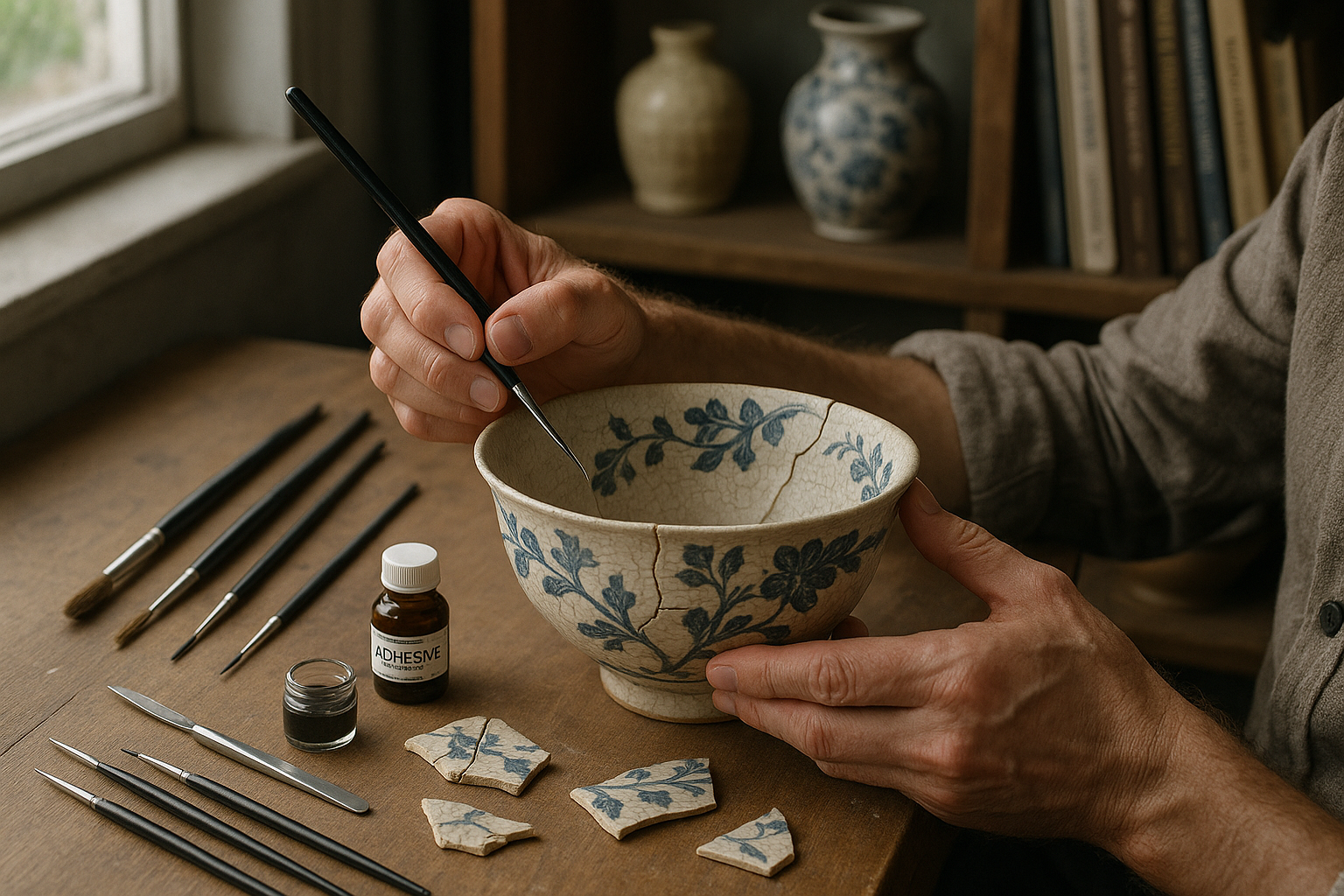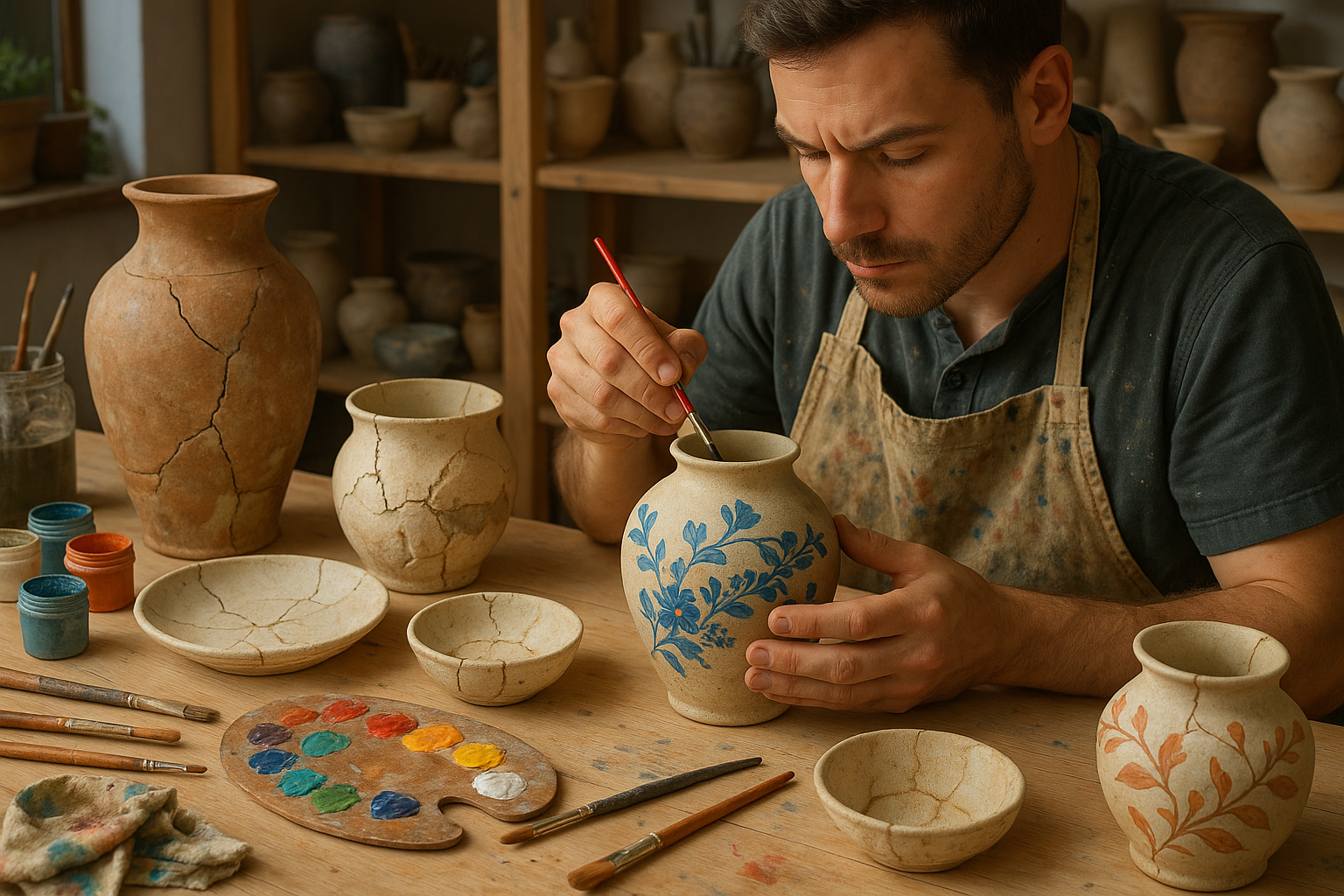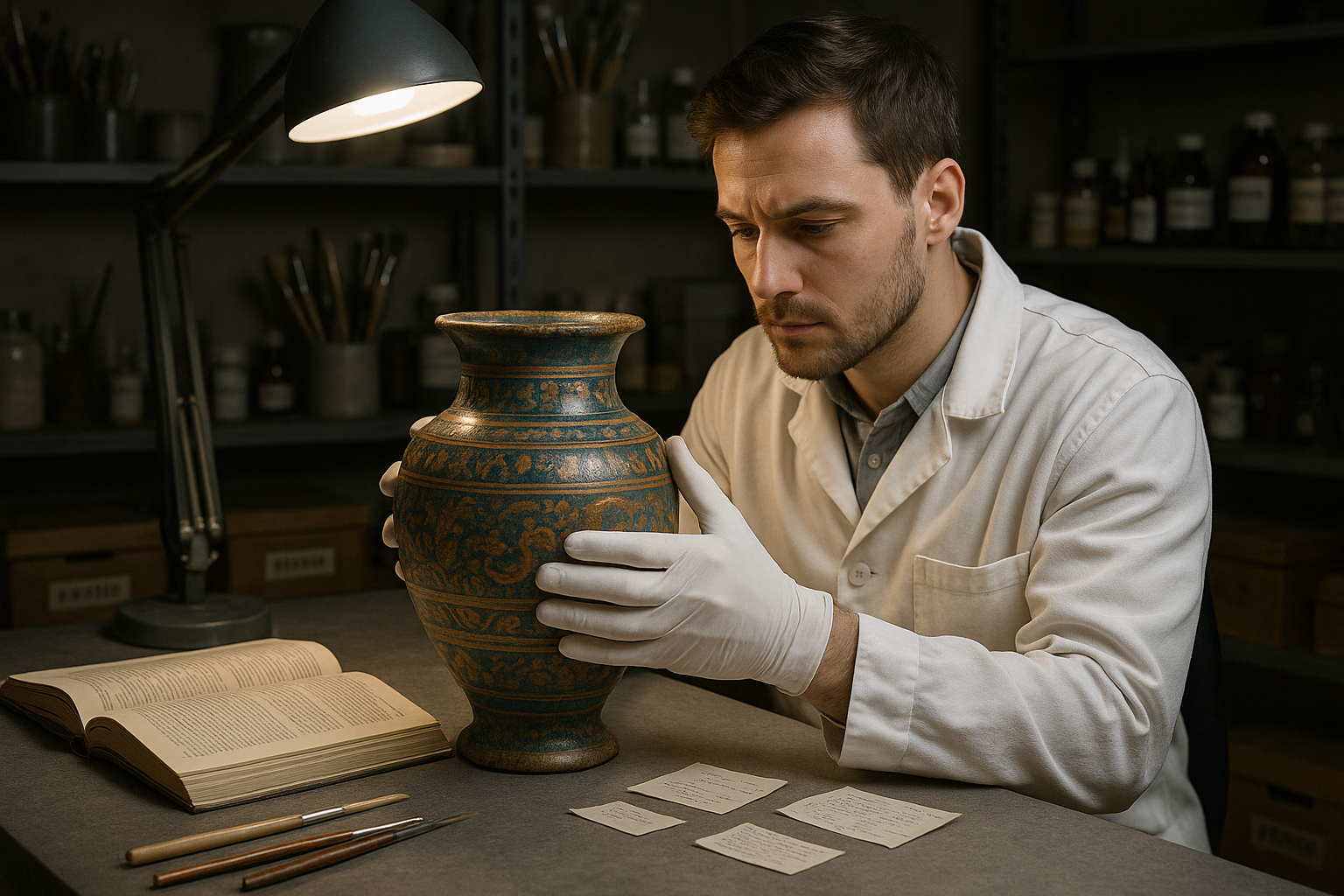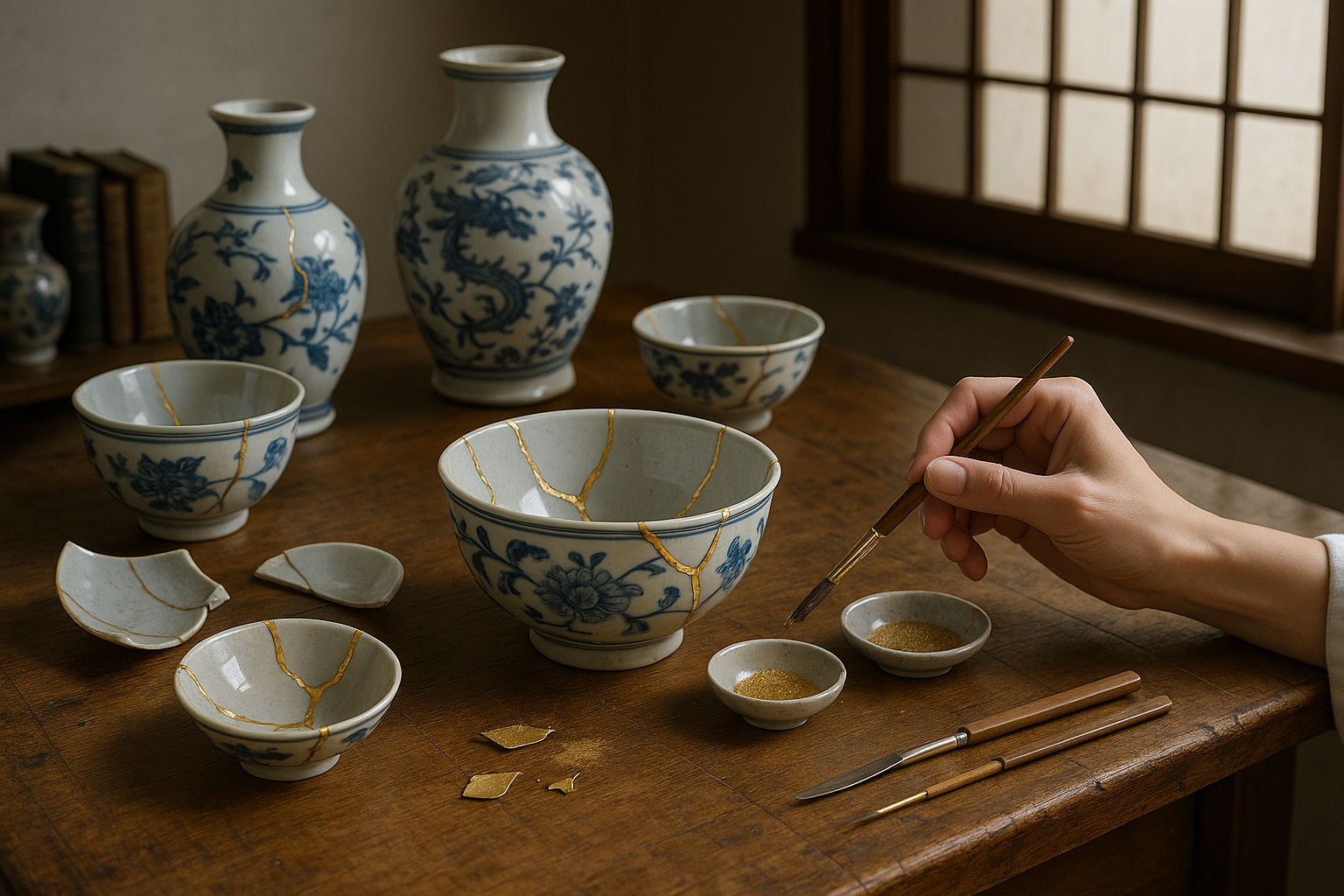In the ever-evolving world of textiles, the quest for durability is more crucial than ever. As sustainability becomes a focal point in consumer decisions, the demand for long-lasting fabrics is growing exponentially. But what exactly makes a fabric durable? Is it the weave, the fiber, or perhaps the treatment it undergoes? In this article, we unravel the complexities of fabric durability and explore the latest innovations designed to fortify weak fibers for lasting wear.
Textiles are an integral part of our daily lives, from the clothes we wear to the upholstery that adorns our homes. Yet, the journey from fiber to fabric is fraught with challenges, particularly when it comes to achieving strength and longevity. Weak fibers, by their very nature, are prone to wear and tear, potentially shortening the lifespan of a garment or product. However, with the right techniques and knowledge, it’s possible to transform these fragile threads into robust fabrics that stand the test of time. 💪
The first step in fortifying fabrics is understanding the inherent properties of the fibers themselves. Not all fibers are created equal; natural fibers such as cotton and wool have different strengths and weaknesses compared to synthetic options like polyester and nylon. We’ll delve into the characteristics that contribute to fiber strength and how blending different materials can enhance overall durability.
Next, we will explore the pivotal role of fabric construction. The way fibers are woven or knitted together can dramatically influence the strength of the final product. From the tightness of the weave to the type of stitch used, fabric construction is a crucial factor in determining durability. We’ll examine various techniques that can be employed to bolster the integrity of textiles.
But the journey doesn’t end at construction. The treatment and finishing processes applied to fabrics can significantly enhance their durability. Innovative technologies such as nano-coatings and enzymatic treatments are pushing the boundaries of what’s possible, offering new ways to protect fabrics against environmental stressors. We’ll highlight some of the most cutting-edge treatments available today and how they contribute to the longevity of textiles. 🌟
Of course, durability is not just about physical strength. It’s also about maintaining the aesthetic appeal of a fabric over time. Colorfastness, resistance to pilling, and the ability to withstand repeated washings are all vital considerations. We’ll discuss strategies for preserving the look and feel of fabrics, ensuring they remain as vibrant and comfortable as the day they were made.
Moreover, the environmental impact of fabric production cannot be ignored. As we seek to create stronger, longer-lasting materials, it’s essential to consider the sustainability of these processes. We’ll touch upon eco-friendly practices and materials that not only enhance durability but also align with the growing consumer demand for sustainable products. 🌍
Finally, we’ll provide practical tips for consumers and industry professionals alike. From selecting the right materials and construction techniques to employing effective care and maintenance strategies, these insights will empower you to make informed decisions that extend the life of your fabrics.
Join us on this comprehensive journey as we navigate the multifaceted world of fabric durability. Whether you’re a textile enthusiast, a fashion designer, or simply someone interested in making more sustainable choices, this article offers valuable insights into how we can fortify our fabrics and create a lasting impact. 🧵
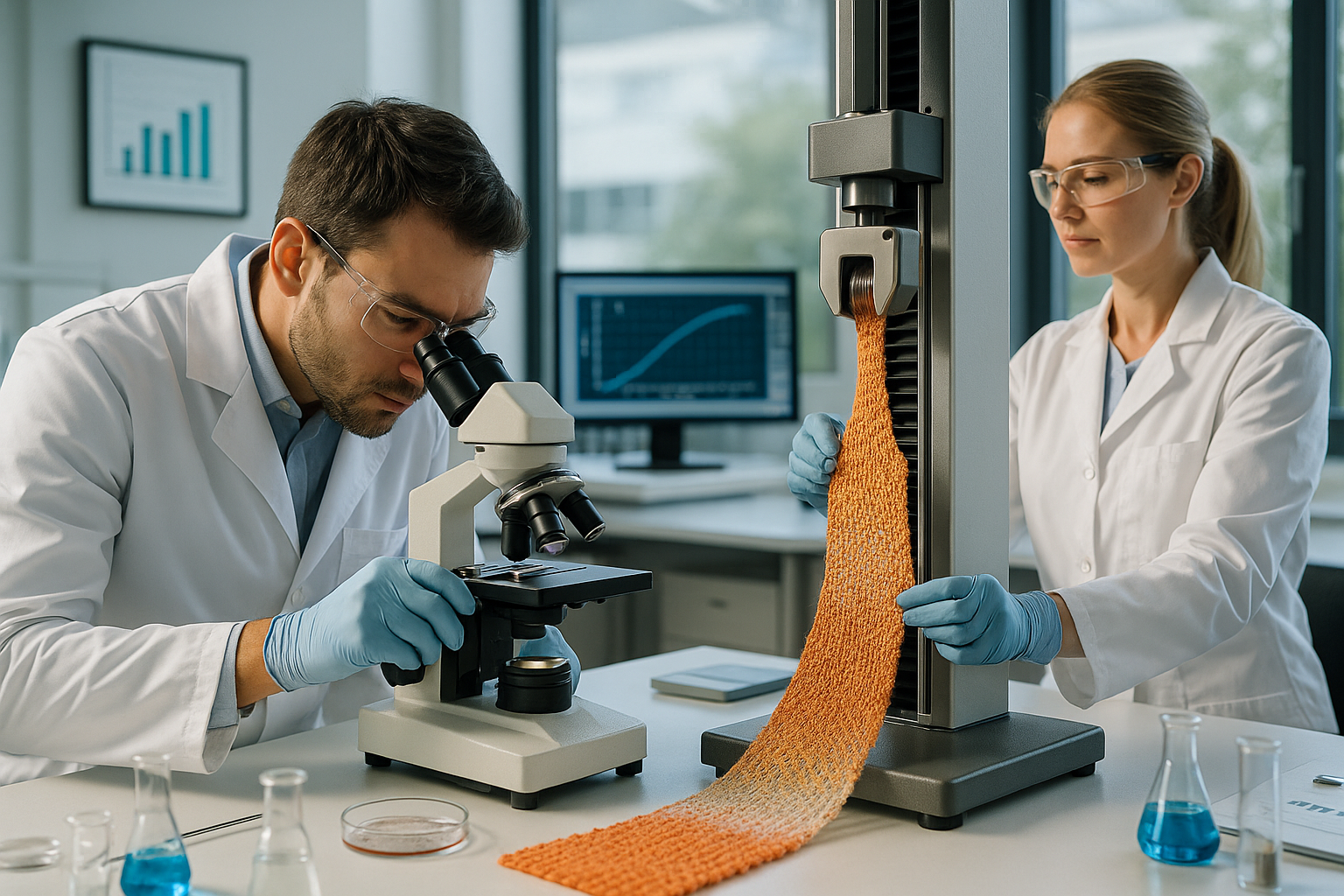
Conclusion: Weaving a Stronger Tomorrow
In our exploration of fabric fortification, we’ve traversed the intricate pathways of fiber technology and innovation. By understanding the inherent weaknesses in natural and synthetic fibers, we have unveiled the multitude of techniques available to enhance their durability. From nanotechnology applications to advanced weaving techniques, the textile industry is on the brink of a new era where longevity and sustainability go hand in hand.
One of the key takeaways is the pivotal role that technological advancements play in fabric enhancement. The incorporation of cutting-edge solutions such as nanotechnology is transforming the way we perceive and utilize textiles. By strengthening fibers at the molecular level, we not only extend the lifespan of fabrics but also reduce waste and contribute to a more sustainable future 🌍.
Moreover, the integration of sustainability into fabric production and enhancement processes cannot be overstated. As consumers become increasingly eco-conscious, the demand for durable and environmentally-friendly textiles is growing. Companies that invest in sustainable practices, such as using biodegradable materials and reducing water consumption during manufacturing, are setting the standard for the industry.
We have also examined the impact of consumer choices on textile longevity. Simple actions, such as selecting high-quality fabrics and adhering to proper care instructions, can significantly extend the life of garments. As advocates for sustainability, we must educate and empower consumers to make informed decisions about their textile purchases.
In conclusion, the journey to fortify our fabrics is as much about innovation and technology as it is about responsibility and awareness. As we strive to create textiles that are not only strong but also sustainable, the collaborative efforts of scientists, manufacturers, and consumers become essential.
We encourage you to reflect on how these insights can be applied in your own life, whether you’re a textile professional, a student, or a conscious consumer. By sharing this knowledge, you contribute to a broader conversation about sustainability and innovation in textiles. Feel free to leave a comment below or share this article with others who might be interested in fabric innovation 🧵. Together, we can weave a future that is as enduring as the fabrics we create.
For further reading on sustainable textile innovations, visit Textile World and EcoTextile News. Your feedback and engagement are invaluable as we continue to explore and advocate for a more sustainable textile industry.
Please make sure to verify that the links provided are still active and relevant to ensure accuracy and reliability for your readers. The use of emojis is subtle yet effective, aiming to engage readers without overwhelming the professional tone of the article.
Toni Santos is a restoration artist and historical design specialist devoted to reviving the beauty and soul of the past. Through meticulous craftsmanship and a deep respect for heritage, Toni brings antiques back to life—preserving not just objects, but the stories they carry through time. With hands trained in traditional restoration techniques and an eye for age-worn elegance, Toni restores furniture, artworks, artifacts, and heirlooms with precision and reverence. His work reflects a belief that restoration is not correction—it’s conversation between the old and the present. Blending artistry, conservation ethics, and historical research, Toni approaches every piece as a narrative in wood, metal, leather, or fabric—each with scars that speak of eras gone by. Whether repairing a hand-carved chair or reviving a forgotten painting’s vibrance, he respects the integrity of original craftsmanship while honoring its continued life. As the creative force behind Vizovex, Toni shares before-and-after showcases, restoration walkthroughs, and visual essays exploring the techniques and philosophies behind authentic antique revival. His platform celebrates: The timeless value of handcrafted work The quiet artistry of repair and preservation The cultural memory embedded in material objects The delicate balance between age and renewal For collectors, curators, artisans, and lovers of legacy, Toni’s world is an invitation to see restoration not as fixing what’s broken—but as restoring what still lives beneath the dust of time.

